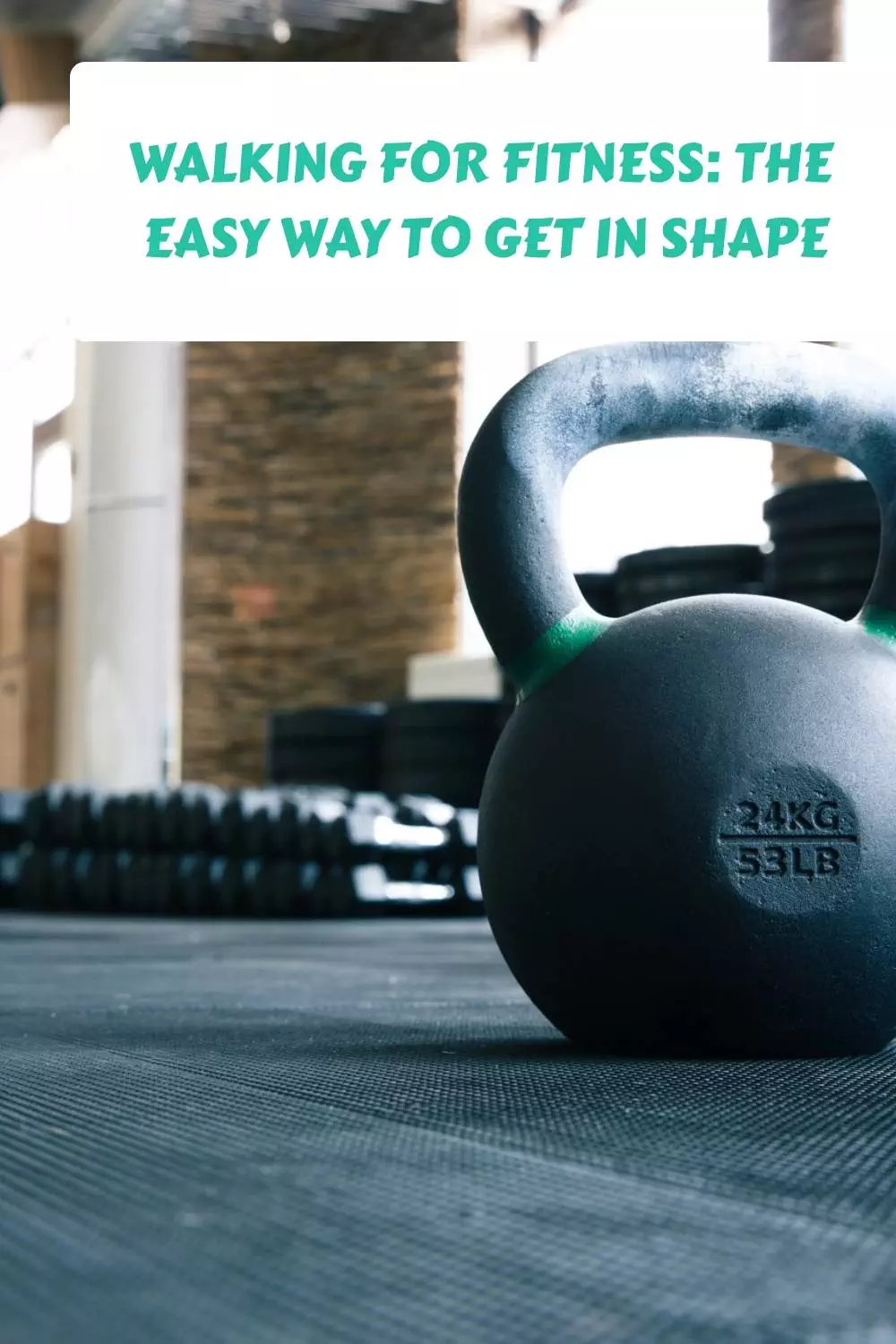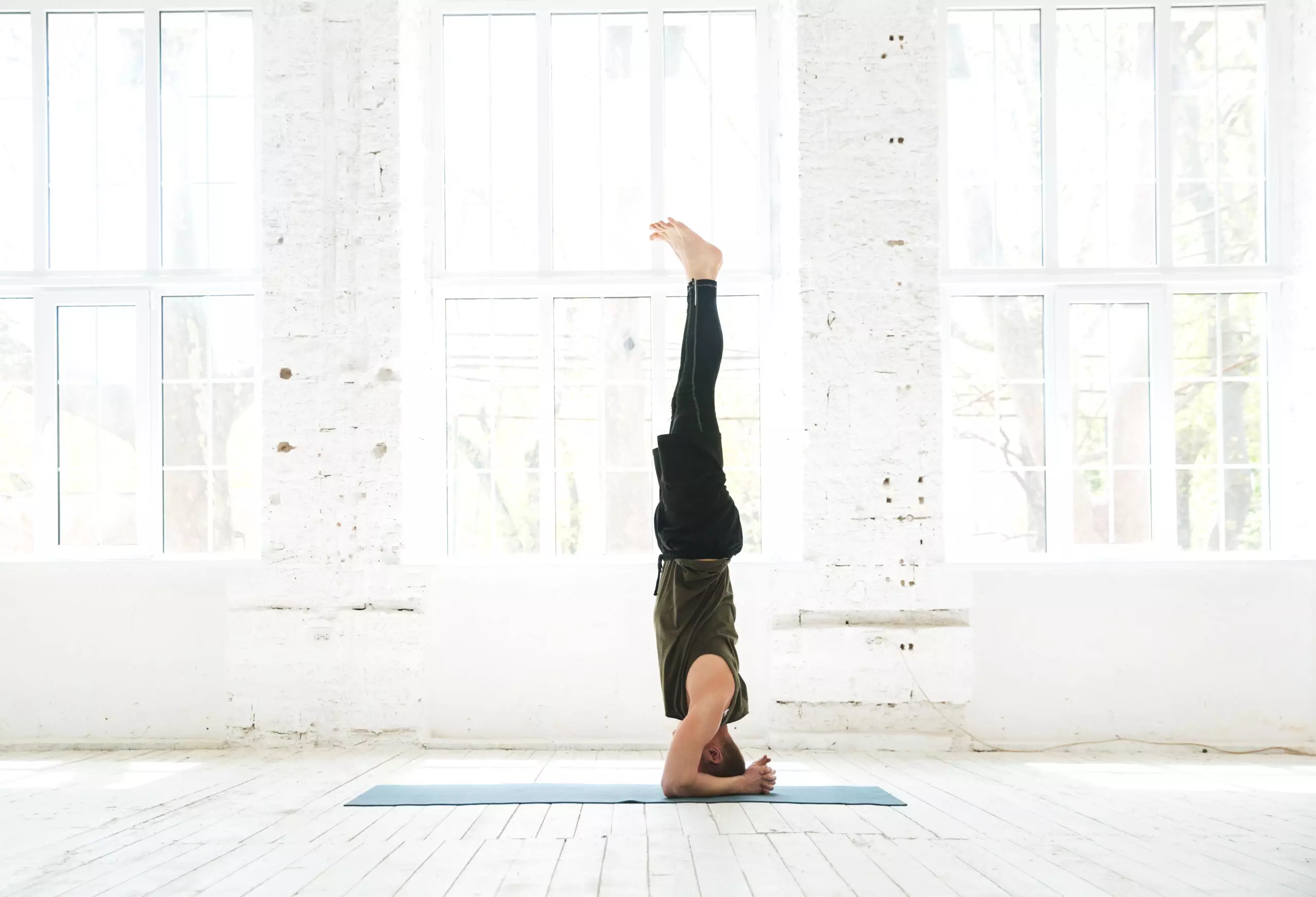Are you tired of feeling sluggish and out of shape? Do you want an exercise routine that is easy, convenient, and doesn’t require any special equipment or training? If so, walking may be the perfect solution for you. Walking is a low-impact form of exercise that can help improve your overall health and fitness levels without putting too much strain on your body. In this article, we will explore everything you need to know about walking for fitness, including how to get started, what benefits it offers, and how to incorporate strength training into your routine.

Introduction to Walking for Fitness
Walking is one of the most popular forms of exercise in the world, and with good reason. It is a simple activity that almost anyone can do, regardless of their age or fitness level. All you need is a pair of comfortable shoes and some open space to walk in. Unlike running or other high-intensity exercises, walking puts very little stress on your joints and muscles, making it ideal for people who are just starting out or who have injuries or chronic pain.
The Benefits of Stretching Before a Walk
Before you start your walking routine, it’s essential to warm up properly. This helps to prevent injury and prepare your body for physical activity. One of the best ways to warm up before a walk is by stretching. Dynamic stretches such as leg swings, arm circles, and hip rotations can help increase blood flow and range of motion. Static stretches like hamstring pulls and calf raises can also be beneficial for improving flexibility and reducing tightness.
How to Start a Walking Routine for Beginners
If you’re new to walking, it’s essential to start slow and work your way up gradually. Aim to walk for 10-20 minutes at a time, three times per week. You can begin by walking around your neighborhood or local park, taking breaks when necessary. As you become more comfortable, try increasing your distance or speed, or adding hills or inclines to your route. Remember to always listen to your body and only push yourself as far as feels comfortable.
Incorporating Strength Training into Your Walking Regimen
While walking alone can provide many benefits, incorporating strength training into your routine can take your fitness to the next level. Some great exercises to add include squats, lunges, pushups, and planks. These moves target key muscle groups and help build strength and endurance. Try doing these exercises two to three days per week, either before or after your walk.
Tracking Progress and Setting Goals for Long-Term Success
One of the keys to long-term success with walking for fitness is tracking progress and setting goals. Keep track of how far you walked each day, how long it took, and how you felt during and after the walk. Set achievable goals for yourself, such as walking farther or faster than before, and reward yourself when you reach them. With consistent effort and dedication, you can achieve significant improvements in your overall health and fitness levels through walking.










